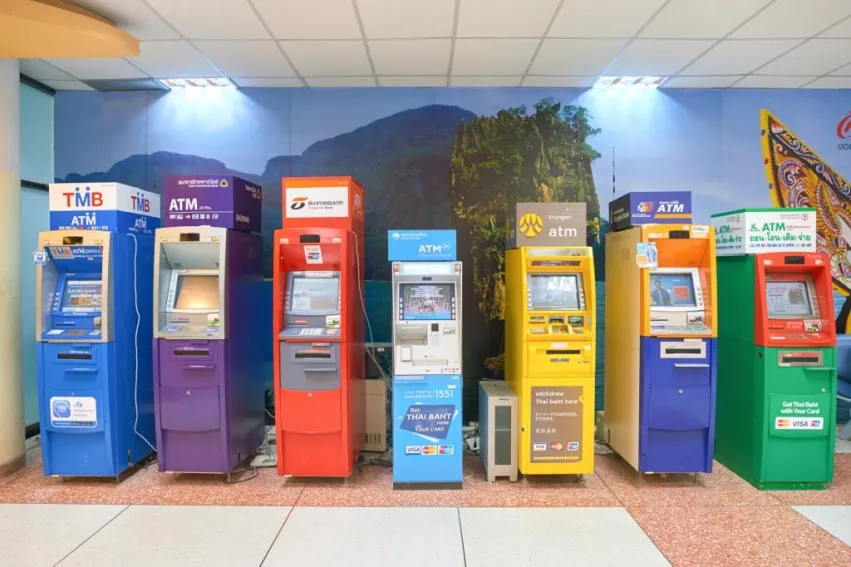
Thai bank loans could grow 7% by end-2019
It will be supported by government projects paired with private investments.
The loan portfolios of banks in Thailand is likely to grow by 6-7% by end-2019, the 6.8% recorded as of end-2018 as government-related infrastructure projects paired with improvement in private investments push credit growth up, according to S&P Ratings.
“We consider domestic credit to the private sector in Thailand to be very high, particularly in the context of the country's low income levels and limited debt-servicing capacity,” the report noted.
However, growth in the consumer segment could be lower compared to the previous years, as household debts remains high and banks hold back lending to households, according to S&P. Thailand's household leverage ranks above that of high-income countries such as Singapore. “In line with our expectations, the improvement in the corporate leverage and household leverage in the past couple of years was short lived, and it has started to rise again from 2018,” the firm said.
Also read: Thai banks' bad loan ratio hit 3% in Q1
Household debt as a percentage of gross domestic product (GDP) hit 78% by end-2018, whilst corporate debt as a percentage of GDP was at 76% during the same period. S&P believes both will grow to around 80% by end-2019.
“Whilst we expect the rising trend to continue, we don't expect the rise to be as steep as the one witnessed in the past. We believe that the imposition of loan-to-value (LTV) measures could lead to some moderation in demand for mortgage loans,” it explained.
Banks' loan books are diversified with limited concentration in the high-risk real estate and construction sectors (about 7.7% of total loans). Moreover, the banking system has not grown aggressively in the past few years, with an average private sector credit growth of 5% in the last five years.




![Lorem Ipsum [ABF 1]](https://cmg-qa.s3.ap-southeast-1.amazonaws.com/s3fs-public/styles/exclusive_featured_article/public/2025-03/a_hand_pointing_to_a_futuristic_technology_5b87c9d0e3_1.png.webp?itok=2w0y1WhS)


![Cross Domain [Manu + SBR + ABF + ABR + FMCG + HBR + ]](https://cmg-qa.s3.ap-southeast-1.amazonaws.com/s3fs-public/styles/exclusive_featured_article/public/2025-01/earth-3537401_1920_4.jpg.webp?itok=WaRpTJwE)







 Advertise
Advertise

